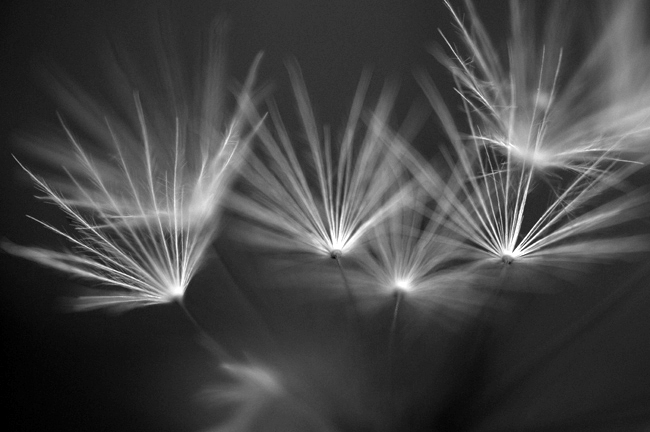February 16, 2013
Human identity is changing rapidly in this no holds barred social media frenzy of content and more content. We are losing touch with the sacredness of the ordinary life our ancestors revealed through hard work and human sentiment.
By being quick to judge, interpret, and take photographs, we are limiting our ability to learn and understand a photographers purpose in creating an internal image and our connection to that purpose.
Expressing emotions is both physical and verbal. When we see a person crying we react and think, oh, what has happened. This physical representation is just a moment in time and we assume certain things have happened to this person and that is why the tears. But what is really going on down underneath this persons physical presence? When that same person begins to laugh, we think those tears were not tears of pain but tears of happiness. We missed a moment before the tear event that would have given us this clue.
In still photography the image is yanked out of its time sequence and we the viewer can become disoriented wondering what the meaning of the photograph we are looking at is.
We need to relate more personally to the image in order to see the clues the photographer is giving us. What symbols is the image creator using to connect the photograph with the viewer on a more intimate level.
When you look at an image, do you ever truly see the photographers real motives, his emotions, the why an image was taken in the first place? With scenic images, we know that the photographer saw a beautiful setting and decided to take a picture of it. But why did the photographer choose a certain composition over another? Why did this particular scenic image succeed and that other one fail?
When a photograph grabs us emotionally, we become attached somehow to the image creators impression of a scene. The image holds our interest and we can sit and contemplate the information given. But we still don't know all that is going on in that photograph. We start by exploring the surface meaning of the photograph (color, perspective, composition etc..). This is not a fast paced sprint but a meandering over the two dimensional surface of the image, studying the subject looking for details that at first we were missing.
If the photographer connects with us on a deeper level through his photograph, then we are able to get a better gestalt of the images purpose and find a meaning for ourselves that might not be exactly what the image creator expressed, but allowed us to connect to the image on a deeper, more personal level.
This inner world under the surface of things is what I believe makes a great photo come alive. It is hard to dig deeper into a scene pulling out details that represent an inner expression, if it was shot casually. Casual photographs are okay, they give us a moment in time, a fashion statement easily forgotten. But what we are looking for, hungry for, is a true depth that creates a conversation between the creator of the image and its viewer ie: can you see me truly, see my image as a reflection of my inner world and perhaps represent a part of you as well.
I think that photographers that wrestle with this inner expression and outer detail are battling the good fight for better images and an evolving in themselves to make better more personal images with a broader appeal.
Composition/Technique alone can not bring life into a subject that has no relationship with the photographer creating the image. Without a relationship of some kind with the scene you only have a shallow two dimensional record of a reality that is just surface reflections only, without depth and the ability to connect with your viewer.
Technique can only go so far in allowing us to express ourselves photographically. Composition is important but so are the details that become symbols of our inner fears, doubts, happiness. etc...that the photographer can add to his scene that make or break the image.











